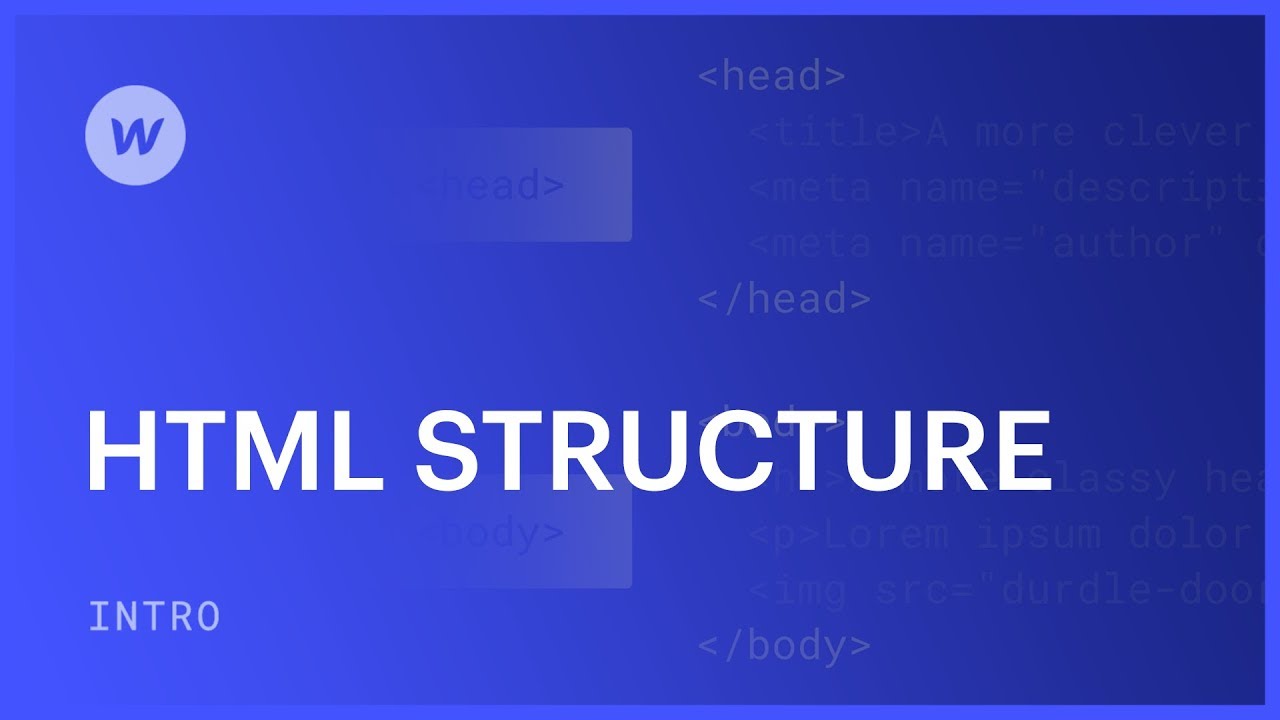HTML (HyperText Markup Language) stands out as one of the pivotal bases on the web. It’s the markup language utilized for the formation of websites. The details and configurations of a website can be identified in our HTML.
The two primary organizational components in HTML consist of the body and the head. Both of these are employed by all web browsers to configure the arrangement and settings of a webpage.
Body
Contained within the body is where all the content on a website is preserved. For instance, a heading, paragraph, and image are all inscribed as distinct tags (element types) within the body, where they are displayed by the browser.
In the demonstration, we are manually scripting HTML to illustrate how it is rendered by the browser. These tags and the entire code you observe will be automatically generated for you as soon as you integrate this form of content using Webflow.
Head
This parameter is where the page configurations are specified—all the data regarding a website is harbored here. Here are a few items you may encounter in the head:
Title tag—the heading showcased when a website appears in Google search results.
Meta tags—the summary that gets displayed under the heading in Google search results.
CSS—the markup that bestows styles upon HTML elements (e.g. height, color, font-size, etc). Minus CSS, the content would be visible stacked in alignment with no arrangement or styling, as in a text document.
Open Graph tags—comprising the image and description exhibited when a site is shared (e.g. Twitter, Facebook, etc).
Within the Webflow User Interface
Inside Webflow, settings like the Title, Meta Description, and Open Graph are all customizable within the Pages Panel. CSS is formed when you opt for an element on the canvas and employ the Style Panel.
We will exploit the Webflow interface to preview the appearance and operation, hence avoiding the necessity to scrutinize HTML or CSS files for an extended period only to realize that we failed to close a tag in line 4722. Instead, we can dedicate our efforts wholly to fashioning content.
- Include or eliminate Workspace spots and members - April 15, 2024
- Centering box summary - April 15, 2024
- Store a site for future reference - April 15, 2024
